Introduction
Success in today’s Marketing Funnel competitive business climate is dependent upon maintaining a solid understanding about marketing funnel. The path taken by the client from the very initial stage of awareness through the final phase of purchase is portrayed by the advertising funnel model. Companies can employ it as an invaluable instrument to see the route to potential customers comply with and create plans to guide them throughout each funnel step.
In order to convert leads into customers, each phase of the marketing funnel has to be optimised. Companies may boost revenue growth, improve relationships with customers, and improve conversions by operating the funnel well. The following article will look at the marketing funnel’s stages, address success tactics, and give practical advice on how to optimize each stage’s capabilities.
Table of Contents
What is the Marketing Funnel?
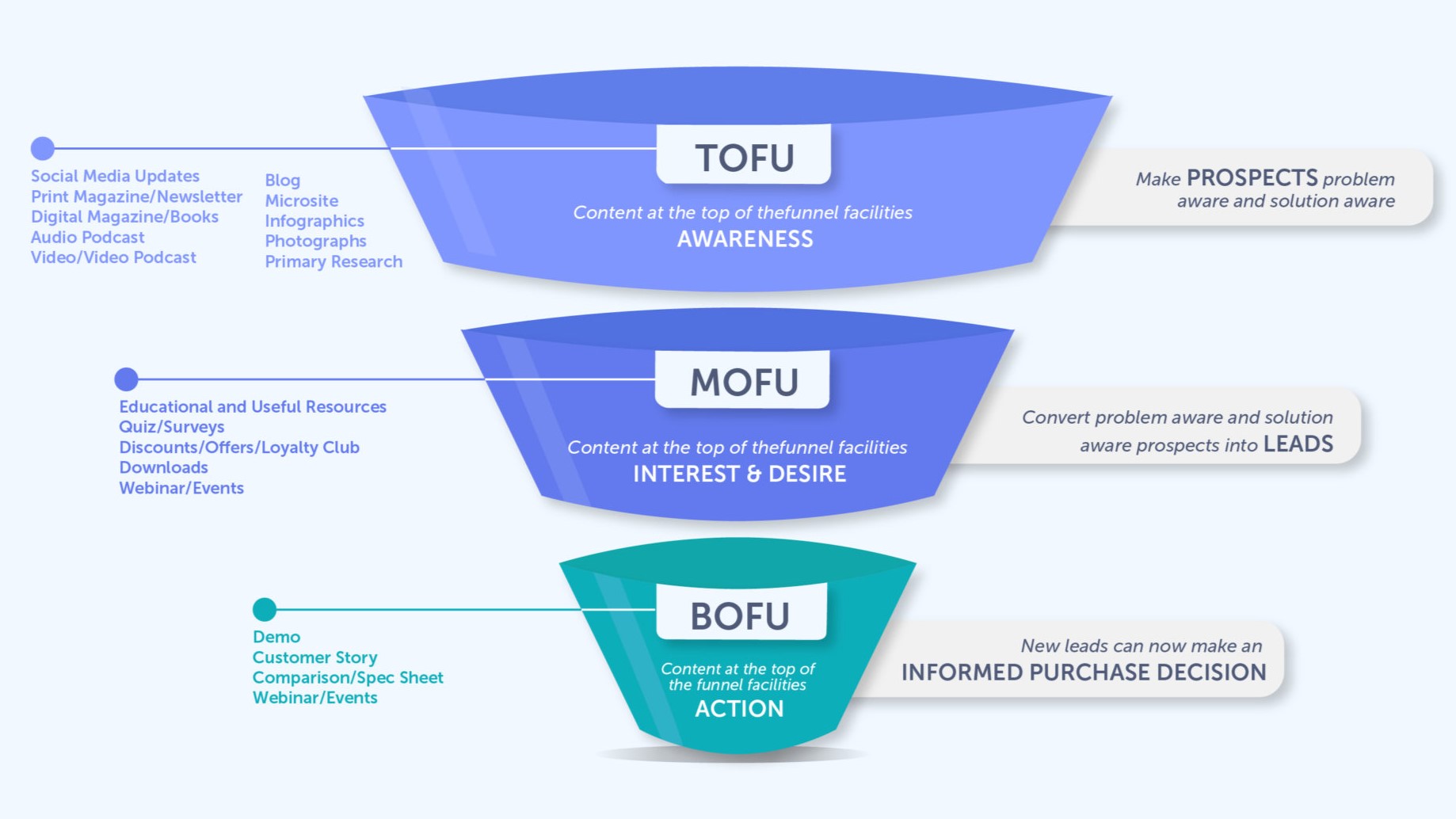
The stages that a customer experiences before completing their purchase are generally represented by a marketing funnel. The reason why it’s called a funnel is that as prospective clients proceed through each stage—from awareness to purchase—the number of potential customers declines.
The funnel typically consists of six stages:
· Awareness
· Interest
· Consideration
· Intent
· Evaluation
· Purchase
Each stage represents an important turning point in the customer journey, when companies have the opportunity to influence new customers and guide them closer completing a transaction.
The Stages of the Marketing Funnel
Awareness: How to Attract New Prospects
Customers who are interested first learn about your company, item, or service at the awareness stage. Improving awareness of the brand is the goal at this point in order to draw in many potential customers as necessary.
Strategies for Success:
Content marketing: Create useful and educational blog entry points, videos, and graphics that address common problems that affect your target audience.
Social Media Campaigns: Take advantage of influencer connections, sponsored advertisements, and engaging postings to grow your audience on social media.
SEO Techniques: Make sure that your company shows among search results when new customers are looking to the services you offer by optimizing the content of your website for engines like Google.
Example: A fitness company might write and publish a series of blog posts titled “10 Tips for a Healthier Lifestyle” and share them on social media to attract health-conscious individuals.
Interest: Techniques to Engage and Inform Potential Customers
Connecting prospective customers and stimulating their curiosity in what you are selling are the goals of the interest stage. Building a connection and giving them a deeper understanding that speaks to what they want are the primary objectives of this stage.
Strategies for Success:
Email marketing: To maintain new customers interested, give out targeted email campaigns containing helpful information like e-books, workshops, or newsletters.
Customized Content: Take use of insights based on data to create content that is specially customized according to the interests of your viewers and problems.
Webinars: Organize seminars that give detailed knowledge and let potential customers interact with your company in real time.
Example: in order to draw prospective clients, an application developer might offer a webinar for free on “How to Increase Productivity with Our Project Management Tool.”
Consideration: Strategies to Nurture Leads and Build Trust
Customers in the future are considering the possibilities and deciding whether your product or service is the best fit for their needs during the phase of consideration. To get individuals to consider completing an investment, you need to first gain their trust and then deliver quality.
Strategies for Success:
Free Trials: Offer potential buyers with free trials or demonstrations of products so they can experience the benefits for themself.
Detailed Product Demos: Provide comprehensive demonstrations of products that highlight the ways that your answer addresses specific problems.
Customer Testimonials: To build credibility and trust, provide testimonials and case studies from satisfied clients.
Example: A service that provides a provider might offer a 14-day free trial and testimonials showcasing the ways that its service helped different businesses grow.
Intent: Encouraging Prospects to Take Action
Potential customers have everything they need for a choice when they reach the intent stage. Urge people to proceed with their purchase in order to accomplish your goal.
Strategies for Success:
Retargeting ads: Making use of remarketing advertisements to offer up your goods to potential customers and attract them back to your online store.
Special Offers: To create a sense of urgency and motivate immediate action, offer short-term savings or promotions.
Clear Calls to Action: Ensure that the call-to-action (CTA) buttons on the website and in your promotional materials are simple to understand, appealing to the eye and readily visible.
Example: In order to motivate customers to complete a purchase, a retailer on the internet might provide a discount of “10% Off Your First Order.”
Evaluation: How to Address Objectives and Encourage Decision-Making
Customers may take their final decision during the review phase. When agreeing to the purchase, they may have concerns, which have to be handled.
Strategies for Success:
FAQs: Incorporate an exhaustive part of the most common inquiries and worries in your FAQs.
Live Chat: Give real-time help or answers to queries with immediate support.
Comparison Guides: Make guidelines that contrast your good to its competitors and highlight its advantages.
Example: a brand of home appliances may provide a comparing graph that shows how their product works better than competitors in terms of longevity and cost economy.
Purchase: Converting Leads into Customers
The potential buyer converts to a client during the buy stage by finishing an order. Ensuring an effortless and pleasant buying experience is your goal.
Strategies for Success:
Simplified Checkout Process: To cut lower on resistance and abandonment of carts, simplify the checkout process.
Multiple Payment options: For people with different tastes, present a selection of payment options.
Excellent Customer Support: Outstanding Customer Satisfaction Offer prompt customer service to assist with any issues that could come up all through the process of buying.
Example: To make buying something as simple as feasible, a website may provide a single-click checkout in addition to a variety of ways to pay, such as PayPal, which is electronic wallets, or credit cards.
Proven Strategies for Funnel Optimization
Optimizing conversion and generating more income require optimizing your marketing funnel. Below are a few tried-and-true methods for optimizing each funnel stage:
Awareness: advertising campaigns, content promotion, and optimization for search engines
- important marketing: Publish outstanding content on a regular schedule that relates to the problems and demands of the audience you are targeting. Graphics, videos, and posts on blogs can all be employed for drawing in and communicating with prospective clients.
- Social Media Campaigns: To reach a broader audience, run customized social media advertisements. Use engaging content and clear call-to-actions to boost website traffic.
- Strategies for SEO: By concentrating on appropriate keywords, increasing site performance, as well as making sure that everything on it is mobile-friendly, you can optimize your website and its content for search engines like Google.
Interest: Email Marketing, Personalized Content, and Webinars
- Email marketing: Split up the list into sections and provide subscribers appropriate content according to their hobbies and usage habits.
- Personalized Content: Create content that appeals to the audience’s specific wants and tastes by using statistical analysis to figure out them.
- Webinars: Arrange webinars that let new customers engage with your business and offer useful knowledge. Using social media along with email marketing to spread news about these free webinars.
Consideration: Offering Free Trials, Detailed Product Demos, and Customer Testimonials
- Free Trials: Offer potential customers the chance to experience your product or service for free prior to they decide to buy it. This may demonstrate value and aid in building trust.
- Detailed Product Demos: Conduct thorough product demonstrations that highlight the unique features and benefits of your offering. Give simple access to such demos through email campaigns or your website.
- Customer Testimonials: Share satisfying interactions with customers in reports and testimonials. Use them to build trust and reliability with new customers.
Intent: Implementing Retargeting Ads, Providing Special Offers, and Clear CTAs
- Retargeting ads: Make the most of remarketing advertisements to offer up your goods to potential consumers to attract people back to your website.
- Special Offers: Employ temporary offers or price reductions to create an impression of excitement. Make use of such deals to entice people who want to buy something.
- Clear Calls to Action (CTAs): Check your CTAs were apparent appealing and readily visible on the website and in your advertising collateral.
Evaluation: Offering FAQs, Live Chats, and Comparison Guides
- FAQs: Include an extensive section of frequently asked queries and worries in the FAQs. It can help allay any worries that new customers might possess.
- Live Chat: Offer immediate help to potential customers in live chat support. This may facilitate making choices and help with resolving any last-minute problems.
- Comparison Guides: Make comparison graphs to demonstrate off the characteristics that set your good above its rivals. Make informed choices for new customers by using the following suggestions.
Purchase: Streamlining the Checkout Process, Offering Multiple Payment Options, and Providing Excellent Customer Support
- Streamline Checkout Process: To reduce resistance and abandonment of carts, streamline the payment process. Check that that it is simple to comprehend and easy to follow.
- Multiple Payment options: To satisfy different customer needs, give a range of payments options. Digital wallets such as PayPal and debit cards are just a few examples of it.
- Excellent Customer Support: Service Offer quick and helpful support to help resolve any issues which may come up all through the process of buying. In spite of ensuring an enjoyable experience while shopping, this may boost client loyalty.
How to Measure Success and Continuously Optimize
Evaluating the efficacy of the advertising funnel is essential for identifying problem areas or simplifying your strategy. The ones that follow constitute essential metrics for tracking and pointers to ongoing optimization is the process of
Key Metrics to Track:
- Conversion Rates: Estimate the number of potential customers that advance down the funnel stage by stage. It may help in identifying areas requiring growth and blockages.
- Bounce Rates: Monitor the proportion of users to your site that depart following viewing only one page through the Bouncing Rates tool. A high rate of bounces could be a sign that your audience is not engaged in or finding any worth from your content.
- Customer Retention: Keep a close watch on the percentage of customers that stick to you over time. A high level of retention of clients could be a sign of high client satisfaction and loyalty.
Using Analytics Tools:
- Google Analytics: Track user activity, rate of conversion, or traffic to the website using Google Analytics. This instrument may provide useful data on how users take part using your website as well as where they stop off.
- A/B testing: Use A/B testing to evaluate multiple methods to find the most effective ones. Testing various call-to-action landing locations and email campaigns were a few examples of it.
Tips for Continuous Optimization:
Review and Update Content Regularly: Be sure that your content is up-to-date and helpful. To maintain posts on blogs, websites, and other advertisements captivating and informative, assess and revise them regularly.
Request Customer Feedback: To find out more about how customers see your brand and products, use questionnaires and feedback from customers. Use the following recommendations to address any issues and make changes.
Monitor competitor strategies: study the competitors and research their marketing strategies. Make use of this information to spot new opportunities to keep a lead over rivals.
Google Analytics: “Understanding the Customer Journey”
This resource from Google Analytics breaks down how to track and understand the customer journey, which is critical for optimizing the marketing funnel.
Google Analytics on Customer Journey
Common Mistakes to Avoid in Funnel Optimization
During the method of improving the funnel you use for marketing, it is important to identify common mistakes that may hinder your advancement. Here are some things to keep an eye out for:
1. Ignoring the Customer Journey:
If the consumer’s experience is not taken into consideration, the sales funnel may become dispersed and inefficient in directing customers through every phase. Ensure that the needs and habits of the audience you are targeting are reflected within your funnel.
2. Overloading Prospects with Information:
Offering excessive information simultaneously may confuse prospective consumers and push people out of the funnels. Make an effort to offer pertinent, small material at every funnel level.
3. Neglecting Mobile Optimization:
Make sure your sales process is smartphone optimized because more individuals are going to websites on mobile devices. It includes ensuring that your website runs quickly, is responsive, and offers an identical visitor experience throughout every device.
4. Failing to Personalize Content:
Your audience might not engage with similar information. To customize your content and render it more pertinent for the demands and interests among your prospects, use insights based on data.
5. Not Measuring and Analyzing Results:
If you fail to monitor and assess the effectiveness of your sales funnel, you might overlook the opportunity to make improvements. Make based on data conclusions by using analytics tools while maintaining an everyday eye on key indicators.
Conclusion
Understanding or improving the advertising channel is essential to expanding company success. You can boost the rate of conversion, forge stronger connections with clients, and ultimately increase revenue by bringing prospective clients throughout every step of the funnel and putting proven tactics into action.
Use the methods covered in this article to enhance the efficiency of your marketing funnel. To keep ahead of the competition, remember to constantly assess your performance, stay clear of typical errors, and take decisions based on data.
Call to Action: If you’ve felt this article was useful, tell your friends about that, post a comment with your thoughts, or check out more of our blog’s material. Your involvement enables us to keep providing valuable information!
READ OUR RECENT ARTICLE – Successful E-commerce Websites on WordPress vs. Shopify
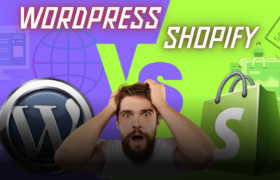

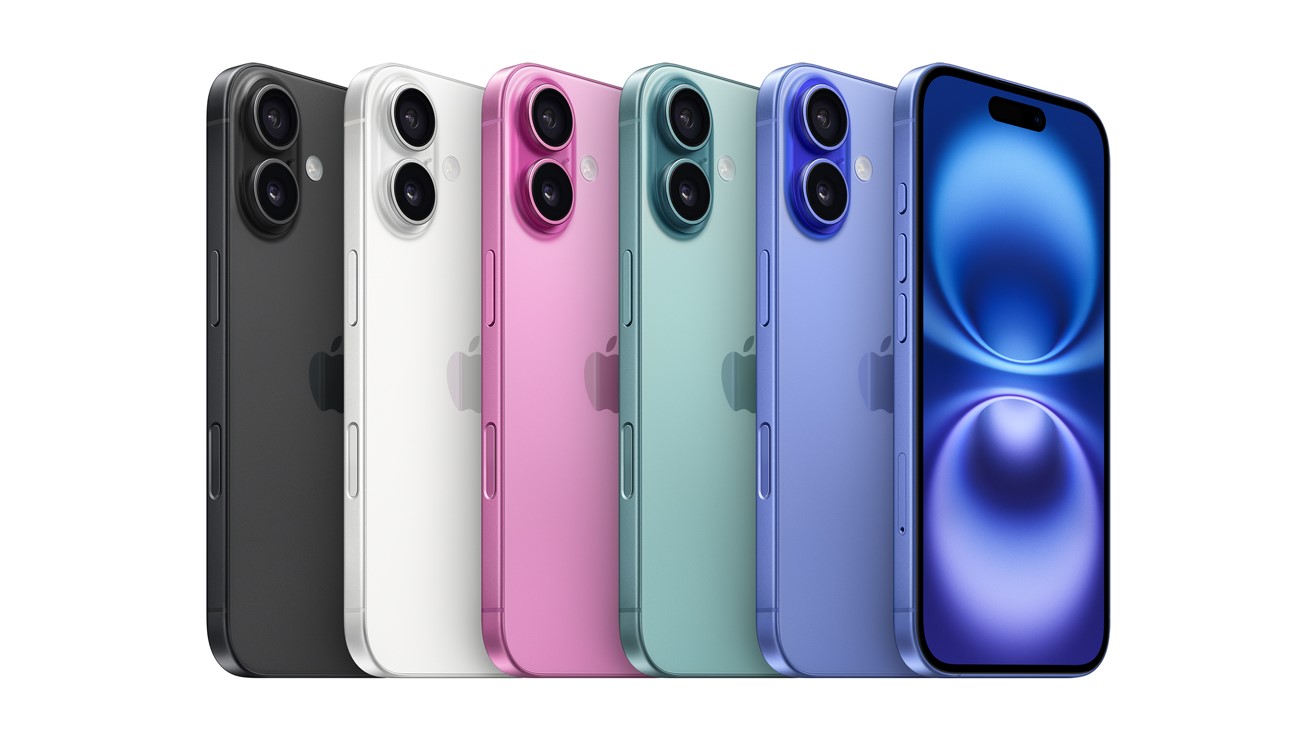



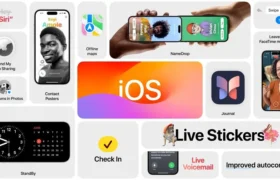
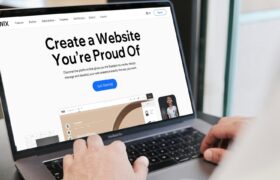


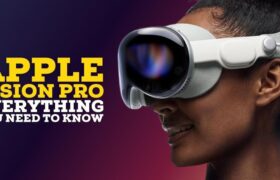

Leave a Reply